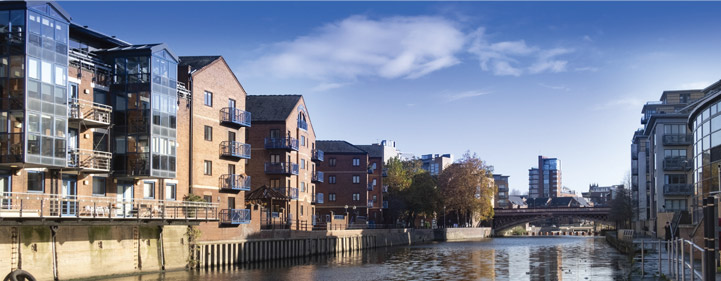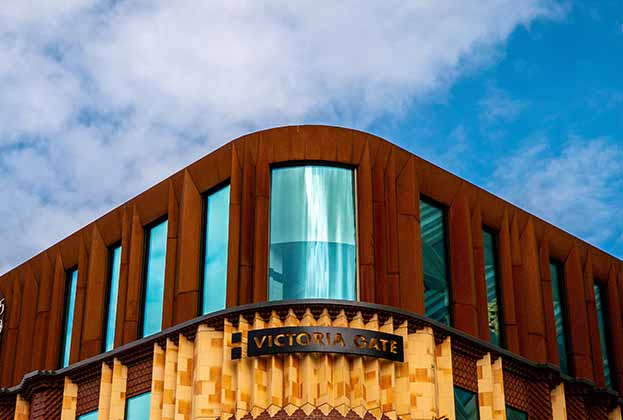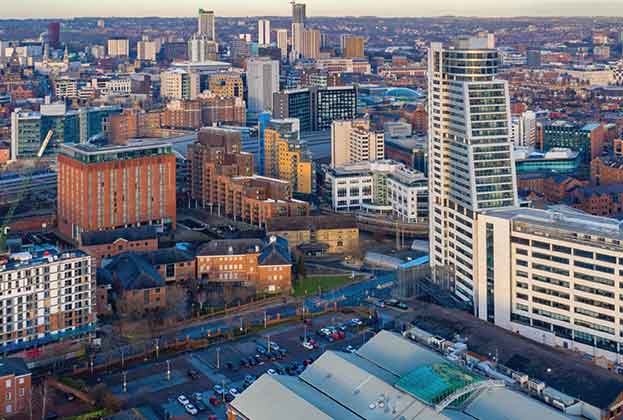Housebuilding targets are set to rise in Leeds and Bradford, but housing demand is growing fastest for larger, suburban homes. Developers and planners must work together to build the homes the market wants
As well as revolutionising the way we live and work, 2020 also brought about changes to how we plan for new homes. At various points through the year, the government’s preferred method for calculating housing delivery targets swung from Standard Method 1 to Standard Method 2, before backtracking to Standard Method 1 Plus. It’s enough to make even the most seasoned planning officer’s head spin.
The upshot is that housing need in Leeds and Bradford will rise. As two of England’s 20 largest cities, the number of homes Leeds and Bradford must deliver will be 35% higher. Need in Leeds will rise from 2,787 to 3,763 homes per year. Bradford’s need will increase from 1,704 to 2,300 homes per year.
Should housing delivery continue at current levels, Leeds will move from delivering homes above the government’s minimum target to facing a substantial shortfall. For Bradford, where delivery already falls short of need, the goalposts have shifted even further out of reach.
Housing delivery over the past three years
This concentration of housing need in urban areas comes as we see growing demand from residents for more space, both inside and outdoors. For many, the experience of pandemic lockdowns through 2020 has highlighted the inadequacies of their current homes. That, alongside a stamp duty holiday, has triggered the most widespread rise in buyer demand for homes ever recorded, according to the RICS. Much of that demand has been directed at the suburbs.
Our latest residential client survey reported 62% of respondents are listing access to a garden or outdoor space as a higher priority than before Covid-19. That rises to 80% when just looking at under the 40s. Unsurprisingly given the experience of homeschooling, over three-quarters of those with pre-school or school-aged children now place more importance on the amount of outside space available. Our survey also reports 56% of respondents expect to work from home more often (rising to 81% for under 40s). The new homes we build will therefore need to be designed to support this increased emphasis on outdoor and green space, with adaptable rooms for flexible home working.
Over two thirds, 69%, of homes built in Leeds in the year to June 2020 were flats, versus just 28% houses. To meet the rising resident demand for homes with more space, either Leeds must identify more sites to deliver houses, or developers will have to change the design of the flats they’re building.

Who do these new homes cater for?
Planning changes look likely to concentrate housing delivery in high density flatted developments, while shifting demand points to a greater demand for more spacious homes in the suburbs. But what sorts of households are already attracted to moving to new builds in Leeds and its surroundings, and where are the gaps?
Analysing the age composition of household movers from January 2017 to February 2020 in and around Leeds (chart above) shows that new build homes attract a higher proportion of younger households than second hand. This is true even away from the stereotypically ‘young’ university cities of Leeds and York. For example, in Calderdale almost two-thirds of movers to new build properties were under the age of 40 (compared to less than half of movers to second hand).
Movers to new build homes were also more likely to have children than not (55%), with a high proportion of families moving to new build properties in Calderdale and Wakefield (70% and 60%, respectively). In contrast, Harrogate had a lower than average proportion of movers to new build properties with children, and is also the most expensive area for new build properties at £317 psf.
The new Help to Buy value caps could intensify the affordability pressures keeping younger families from moving to higher-value areas such as Harrogate. From April 2021 the value cap for Help to Buy will fall from £600,000 to £228,100 in Yorkshire & Humberside. Compare that to Harrogate, where the average Help to Buy property value in 2020 Q1 was £375,832.
Housebuilders will therefore need to deliver more affordable homes, likely in the form of terraces rather than detached properties in order to satisfy these caps. They may have to operate outside of more desirable areas of Harrogate and York in favour of cheaper alternatives such as Calderdale and Wakefield to continue to cater to the Help to Buy market.
View all of our latest Yorkshire Cross Sector research here.
Read the articles within Yorkshire: A region of opportunity below.
.jpg)



